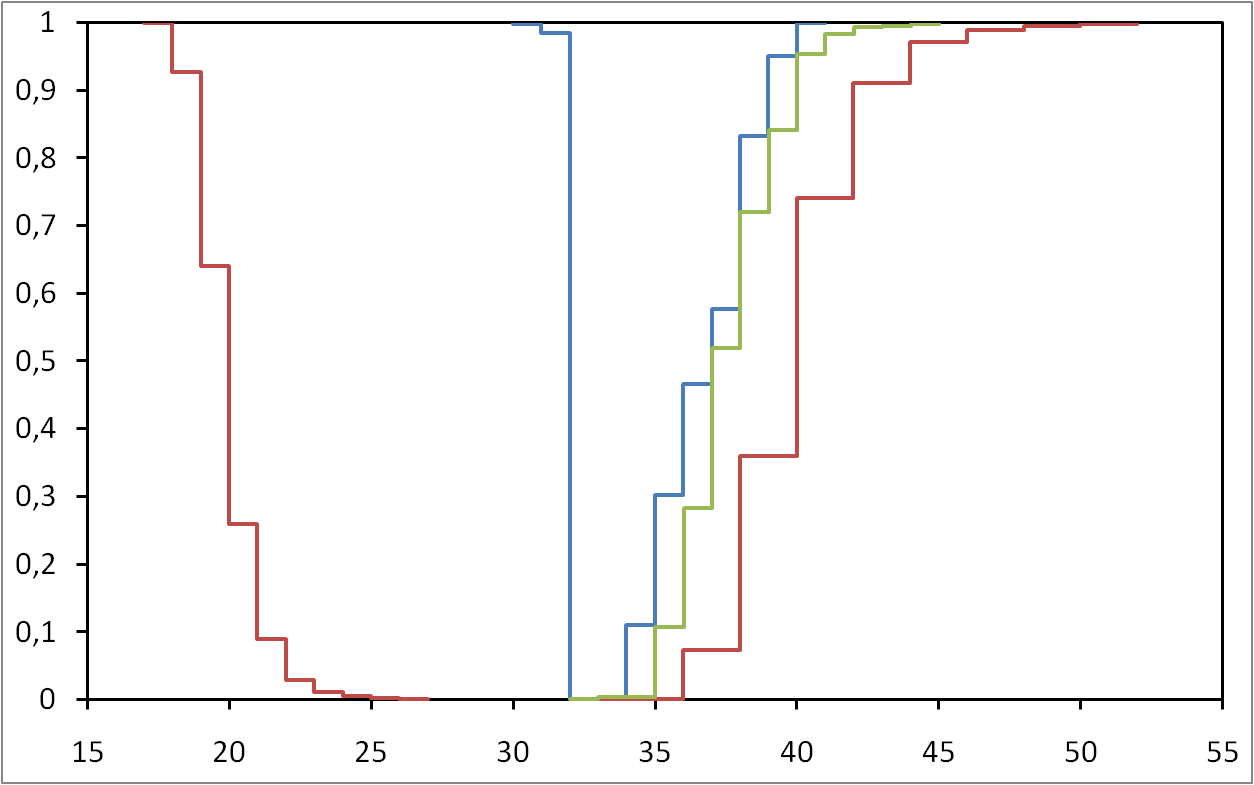Maximilien Danisch, Jean-Loup Guillaume and Bénédicte Le Grand
CompleNet 2013, Berlin
We propose a framework to unfold the ego-centered community structure of a given node in a network. The framework is not based on the optimization of a quality function, but on the study of the irregularity of the decrease of a similarity measure. It is a practical use of the notion of multi-ego-centered community and we validate the pertinence of the approach on a real-world network of wikipedia pages.

